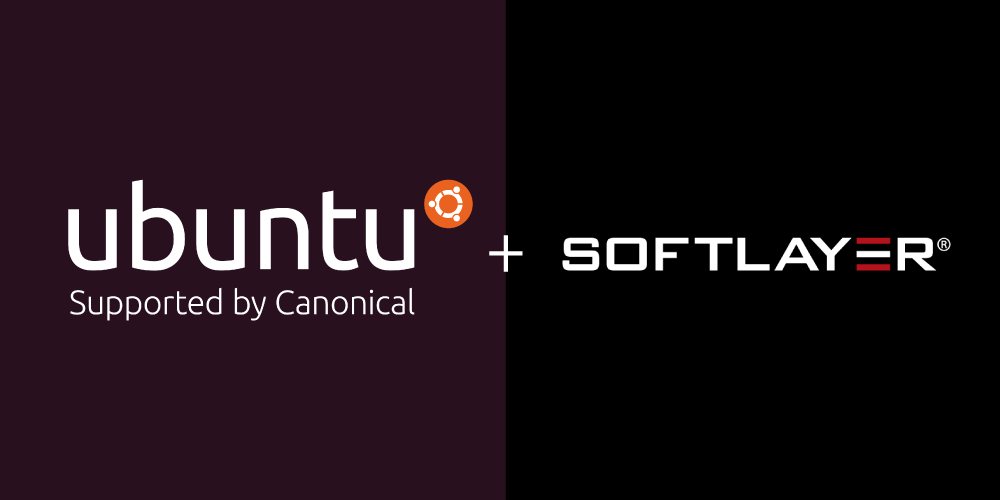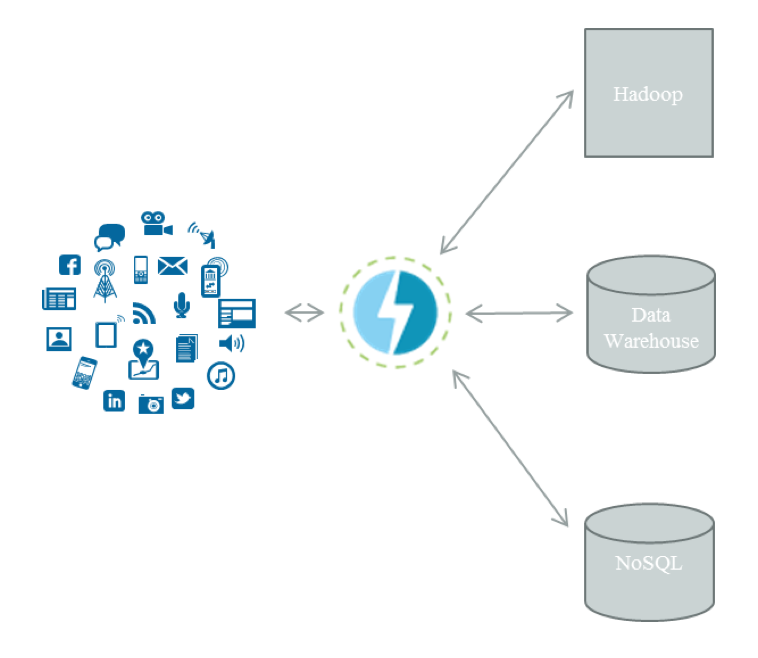
Opening Up the Cloud
With OpenStack, cloud computing becomes easily accessible to everyone. It tears down financial barriers to cloud deployments and tackles the fear of lock-in. One of the main benefits of OpenStack is the fact that it is open source and supported by a wide ecosystem, with contributions from more than 200 companies, including Canonical and IBM. Users can change service providers and hardware at any time, and compared to other clouds using virtualization technology, OpenStack can double server utilization to as much as 85 percent. This means that an OpenStack cloud is economical and delivers more flexibility, scalability, and agility to businesses. The challenge however lies in recruiting and retaining OpenStack experts, who are in high demand, making it hard for companies to deploy OpenStack on time and on budget. But BootStack, Canonical’s managed cloud product solved that problem by offering all the benefits of a private cloud without any of the pain of day-to-day infrastructure management.
Addressing the Challenge of Finding OpenStack Experts
Resourcing an OpenStack six-strong team to work 24×7 would cost between $900,000 and $1.5 million and can take months of headhunting. Thus the savings that OpenStack should bring companies are eroded so Canonical created BootStack, short for Build, Operate, and Optionally Transfer. It’s a new service for setting up and operating an OpenStack cloud, in both on-premises and hosted environments, and it gives users the option of taking over the management of your cloud in the future.
After working with each customer to define their requirements and specify the right cloud infrastructure for their business, Canonical’s experienced engineering and support team builds and manages the entire cloud infrastructure of the customer, including Ubuntu OpenStack, the underlying hypervisor, and deployment onto hosted or on-premises hardware. As a result, users get all the benefits of a private cloud without any of the pain of day-to-day infrastructure management. For added protection, BootStack is backed by a clear SLA that covers cloud availability at the user’s desired scale as well as uptime and responsiveness metrics.




